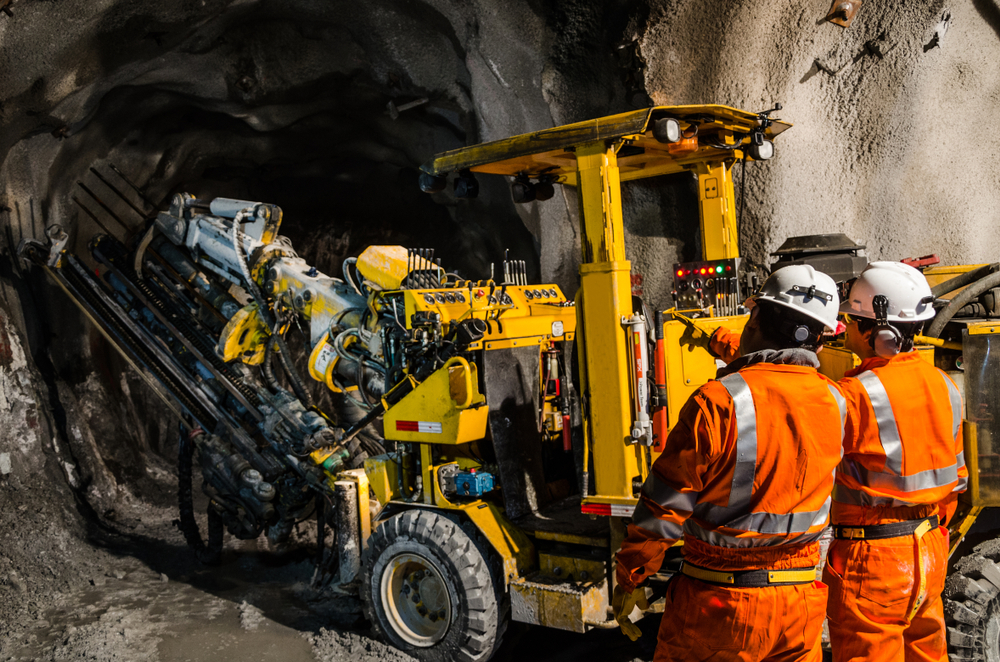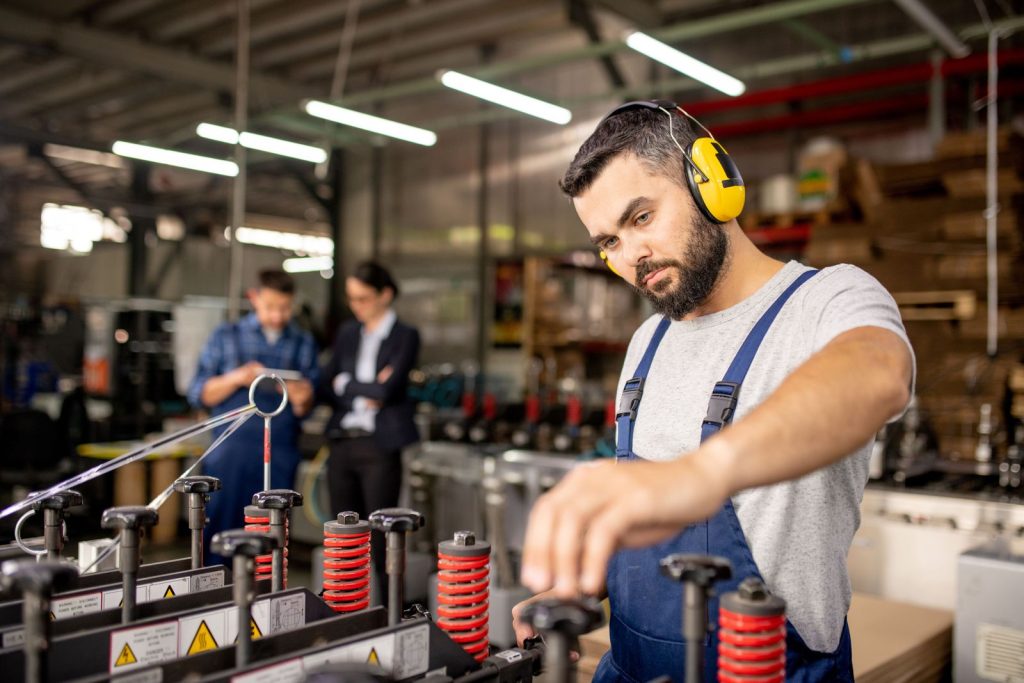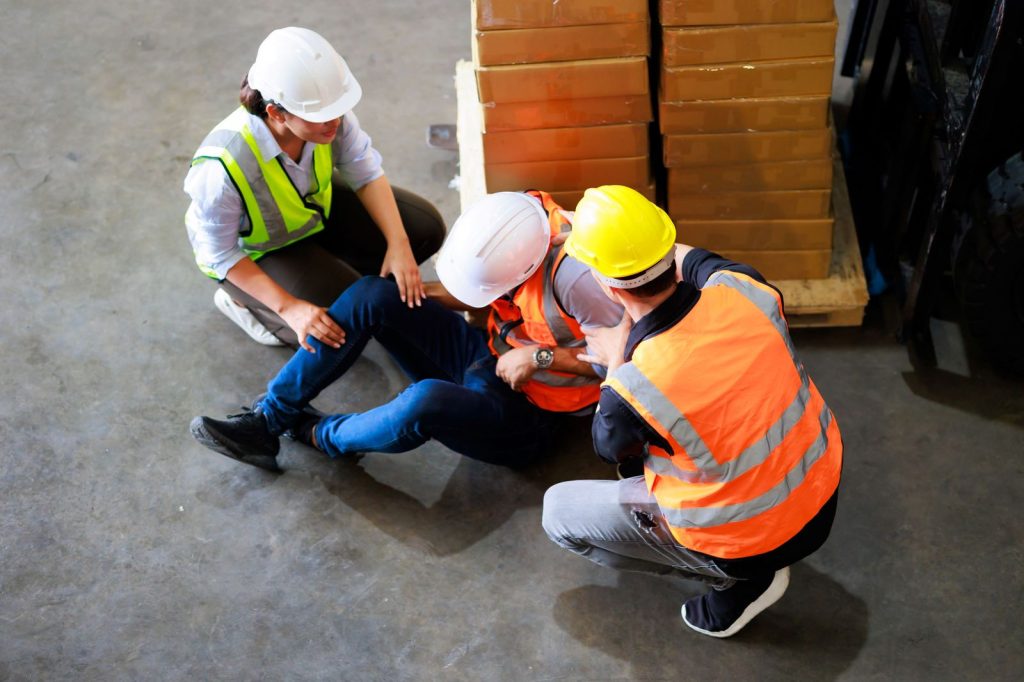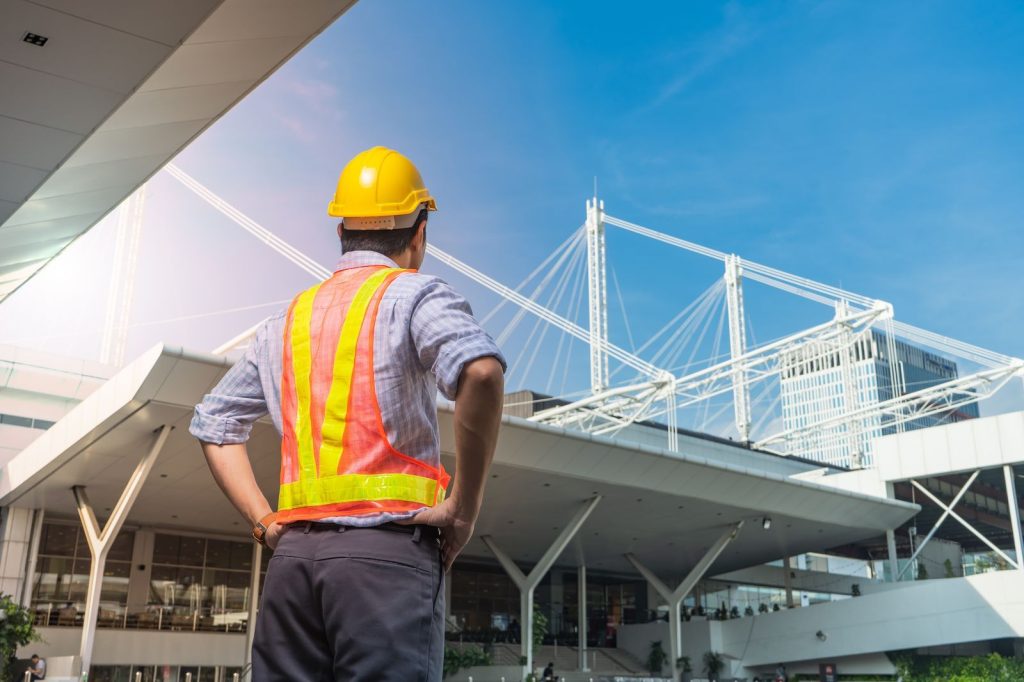Making The Mining Industry Safer

When most people think about dangerous jobs, we probably come up with images of those old-time coal miners who suffered from 12 to 14 hour days working in dangerous conditions where black lung disease, fires, and being buried alive were everyday work hazards. In fact, the Mine Safety and Health Administration (MSHE), which is a division of the U.S. Department of Labor, finds that in the early decades of the 1900s, it was common for there to be well over 4,000 deaths of miners every year in the United States alone.
That amounts to almost five deaths per every 1,000 miners!
Fortunately, conditions for miners have drastically improved over time. According to one recent analysis, “during the last decade, the average number of coal mining deaths has been below 29 per year, which as recently as 1942 was about the number of coal mining deaths every week. The lowest annual coal mining fatality count in the US was in 2009 at 18, which was the number of fatalities every two days in the peak year of 1907, when there were 3,242 deaths.”
Despite the fact that mining safety has greatly increased in recent years, the Department of Labor reports that in 2019 there were still 24 mining fatalities across the United States. Furthermore, due to the dangerous nature of the work, mining workers are at risk for potentially dangerous disasters that could lead to multiple injuries and casualties.
This short article will explore the importance of mining safety equipment and look at some of the best practices in underground mining safety so that mining companies can reduce the likelihood of dangerous workplace accidents and injuries to their workforce.
The 3 Major Illnesses That Miners Face
There are almost 600,000 people employed by the mining industry in the United States, though not all of those workers go into the mines where dangers are drastically increased. Both surface and underground mines present a series of potentially dangers to miner health and wellbeing. Some of the specific health threats include:
Pneumoconiosis.
Also known as the black lung disease, this health problem develops from regular exposure to harmful contaminants in the air such as silica dust and other mineral dust. To avoid these respiratory illnesses, mining companies need to provide their workers with personal protective equipment and develop strategies for improved ventilation within the mines.
Musculoskeletal disorders.
These occur due to the physical nature of the job and the heavy lifting involved. Whole Body Vibration (WBV) can also lead to musculoskeletal disorders when spending a lot of time sitting on machinery in mining extraction, or by standing on jumbo operators for long periods of time.
Ultraviolet radiation.
This obviously mostly affects open-pit miners working in areas where extreme heat and sunlight exposure are issues.
Who Regulates Mining Safety in the United States?
In the United States, the Mining Safety and Health Administration (MSHA) is responsible for enforcing the Federal Mine Safety and Health Act of 1977, which was amended by the MINER Act of 2006. This law gives the Secretary of Labor the authority to develop, promote, and revise health or safety standards for the protection of life and prevention of injuries in the nation’s over 13,000 mines.
The regulations and safety standards enforced by the MSHA are put in place to defend the safety and wellbeing of miners across the United States. These safety standards and regulations require mining businesses to follow the rules in order to maintain a compliant working environment.
So what exactly do the MSHA regulations entail? Among other things, the MSHA requires that:
- Mining operations immediately notify the relevant authorities when any accidents, injuries or illnesses occur at the mine work site.
- Every mining company develops an in-depth and comprehensive training program that meets the requirements of the Mine Act and instructs workers about the best safety practices.
- Mining companies apply for specific approval when intending to use certain equipment for use in gassy underground mines.
Additionally, the Mine Act requires that each surface mine be inspected by the MSHA at least twice a year. Underground mines, due the increased danger of the work, require at least four annual inspections. You can find a complete list of the different standards and regulations that the MSHA enforces here.
Ensure Mining Safety Compliance With Work-Fit
For businesses that operate within the mining industry, another great strategy to ensure that your company is in compliance with all relevant OSHA regulations is to hire a third-party contractor that can help your company develop the best safety and injury prevention protocols. Work-Fit is a leading onsite and telehealth injury prevention and workplace wellness management for your workforce.
Our workplace injury prevention and injury management programs are a great resource that can help mining companies best operate within MSHA compliance. Quality injury prevention programs also play a major role in lowering worker’s injury claims in order to save your company money.
Contact Work-Fit today to see how we can help your company improve the workplace health and safety protocols for your miners!



